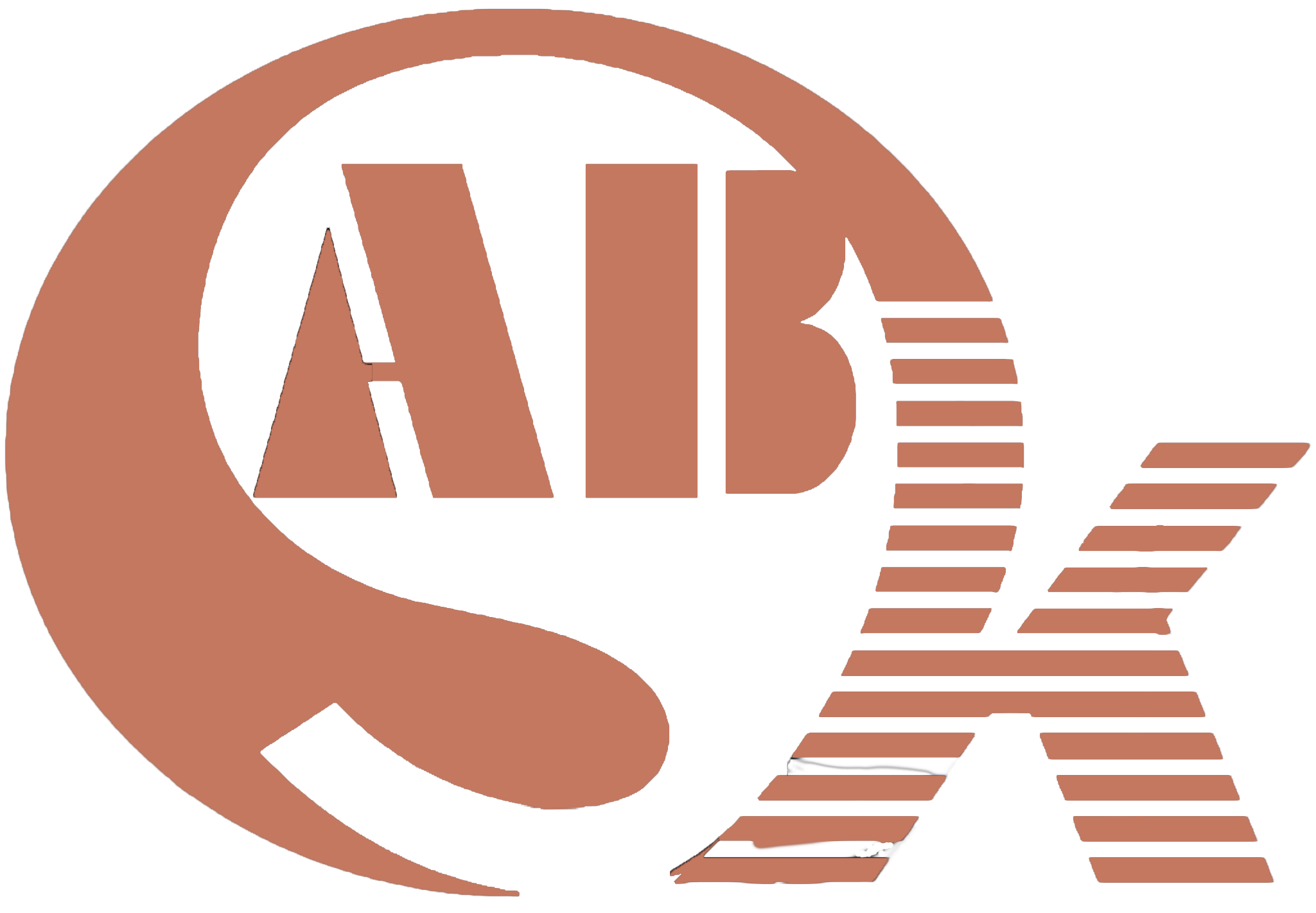Crafting Durability: Unveiling the Art of Welding Tanks for Diverse Applications
In the intricate world of welding, the creation of tanks stands as a testament to the craftsmanship and precision required in the field. Welding tanks, vital for storage and transport across various industries, demand a meticulous approach in their fabrication. In this exploration, we delve into the artistry of welding tanks, uncovering the techniques, applications, and the factors to consider when seeking custom welding solutions.
Understanding the Need for Custom Welding Tanks
1. Tailoring Tanks to Unique Requirements
Welding tanks are not one-size-fits-all solutions. Different industries and applications require tanks with specific dimensions, materials, and features. This need for customization underscores the importance of seeking welding professionals who can craft tanks tailored to unique project requirements. Whether it’s for storing liquids, gases, or other materials, custom welding tanks ensure optimal functionality and efficiency.
2. Quality Craftsmanship for Durability
The durability of a welding tank is a crucial factor, especially when considering its role in storing or transporting materials. Quality craftsmanship in welding tanks involves the use of high-grade materials, precision welding techniques, and adherence to industry standards. Welding professionals specializing in tank fabrication prioritize durability, ensuring that each tank withstands the test of time and the demands of its intended application.
The Applications of Welding Tanks
1. Industrial Storage Solutions: Beyond Conventional Designs
Welding tanks find extensive applications in industrial storage solutions. From storing liquids like water, chemicals, or fuel to handling gases, welding tanks play a pivotal role in ensuring a safe and efficient storage environment. The customization options available in tank fabrication allow industries to design storage solutions beyond conventional designs, meeting the specific needs of their operations.
2. Transportation and Logistics: Ensuring Safe Transit
Welding tanks are not confined to stationary roles; they are also integral to transportation and logistics. Tanker trucks, for example, rely on welding tanks to transport liquids and gases securely. The design and fabrication of these tanks consider factors such as stability, weight distribution, and safety features to ensure a smooth and secure transit of materials from one point to another.
Factors to Consider When Choosing Welding Tank Services
1. Expertise in Tank Fabrication Techniques
The expertise of welding professionals in tank fabrication techniques is a key consideration. Look for services that boast a skilled team with experience in working with various materials, including stainless steel, aluminum, and carbon steel. The mastery of welding techniques ensures that tanks are fabricated with precision and structural integrity.
2. Compliance with Safety Standards and Regulations
Welding tanks are subject to stringent safety standards and regulations, depending on their application. Seek welding tank services that adhere to industry standards and comply with relevant safety regulations. Compliance ensures that the fabricated tanks meet the necessary safety requirements, mitigating risks and ensuring a secure working environment.
3. Customization Options and Design Flexibility
A reputable welding tank service should offer customization options and design flexibility to meet the specific needs of clients. The ability to customize tanks in terms of size, shape, material, and additional features ensures that the final product aligns seamlessly with the intended application. Design flexibility is crucial for achieving optimal functionality and efficiency.
4. Reputation and Customer Reviews
Explore the reputation of welding tank services by considering customer reviews and testimonials. Real-world experiences provide insights into the reliability, professionalism, and quality of services offered by a welding provider. Positive reviews often indicate a commitment to customer satisfaction and the successful delivery of welding tank solutions.
Innovations in Welded Tank Design
1. Smart Integration for Monitoring and Control
Innovations in welded tank design extend beyond conventional construction techniques. Modern tanks may feature smart integration, allowing for monitoring and control of various parameters. This includes technologies such as sensors, remote monitoring systems, and automated control mechanisms, enhancing the efficiency and management of tank operations.
2. Environmental Considerations in Tank Design
As environmental consciousness grows, welded tank design innovations include features that contribute to sustainability. This may involve incorporating eco-friendly materials, implementing efficient insulation techniques, or designing tanks that minimize environmental impact during fabrication and operation.
Conclusion: Crafting Excellence in Welding Tanks
In conclusion, the art of welding tanks goes beyond simple fabrication; it involves the crafting of solutions tailored to meet diverse industrial needs. Whether for storage or transportation, the customization options, quality craftsmanship, and adherence to safety standards are paramount in ensuring the excellence of welding tanks.
As industries continue to evolve, the innovations in welded tank design and the expertise of welding professionals play a pivotal role in shaping the future of tank fabrication. The quest for durable, efficient, and customized welding tanks leads industries to welding professionals who understand the artistry and precision required in crafting these essential storage and transportation solutions.
